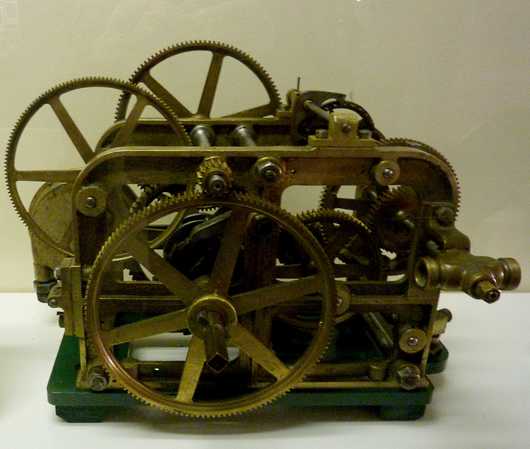Pentland Skerries

Just North-East of Duncansby Head is a group of four uninhabited rocky islands lying in the Pentland Firth just south of South Ronaldsay. The Largest of these Islands is Muckle Skerry (Muckle meaning Big), and in 1794 the Northern Lighthouse Board erected a pair of lighthouses here. The construction of these lighthouses was the first to be superintended by Robert Stevenson, who was the first of the Stevenson Dynasty that would go on to revolutionize the construction and design of hundreds of lighthouses across Scotland and around the world.
The towers were reconstructed between 1821 and 1831. In 1870 the NLB carried out experiments at the lighthouses regarding the use of paraffin as a light fuel, and in 1895 new lighting apparatus was installed that allowed the light to flash – as such the the smaller of the two lighthouses became redundant; It was discontinued and the lantern was removed. The smaller tower however carried on in use, being re-purposed as the fog signal building. A siren was mounted atop the tower. The clockwork mechanism that controlled the character of the blasts has now on display at The Museum Of Scottish Lighthouses in Fraserburgh.
In 1939 the installation of 3 diesel generators meant the light could be converted to electric operation - this was likely so the light could be extinguished at short notice in the build up to WWII.
During WWII the British Fleet was largely based in Scapa Flow in the Orkney Islands due to it’s distance from German airfields, but this didn’t stop German aircraft from reaching this far North, making a number of attacks on British Vessels in the area. On 22nd February 1941 the lighthouse, along with Stroma Lighthouse came under enemy fire when a German aircraft strafed Muckle Skerry. Very minor damage was caused to the lighthouses and nobody was hurt in the attacks.
In 1972 the journey to the lighthouse for keepers and supplies was switched from boats to helicopters, which would’ve been a welcome change for the the Keepers, as rough seas meant it was not uncommon for their relief from the lighthouse to get delayed, meaning they would sometimes be stuck on the island for days longer than scheduled.
The light was automated in 1994 and is now solar powered – the light flashes 3 times every 30 seconds and can be seen for 23 nautical miles.

